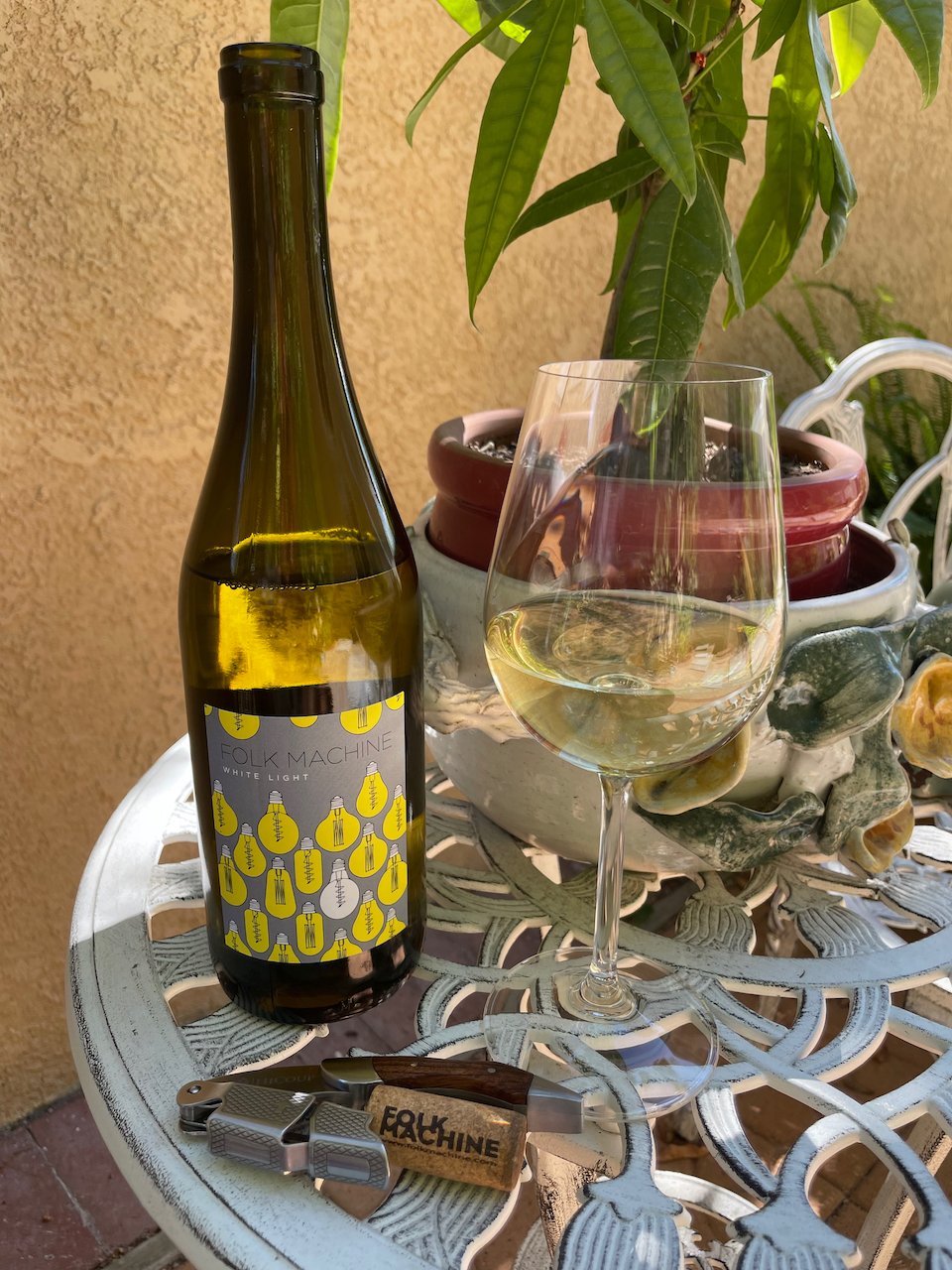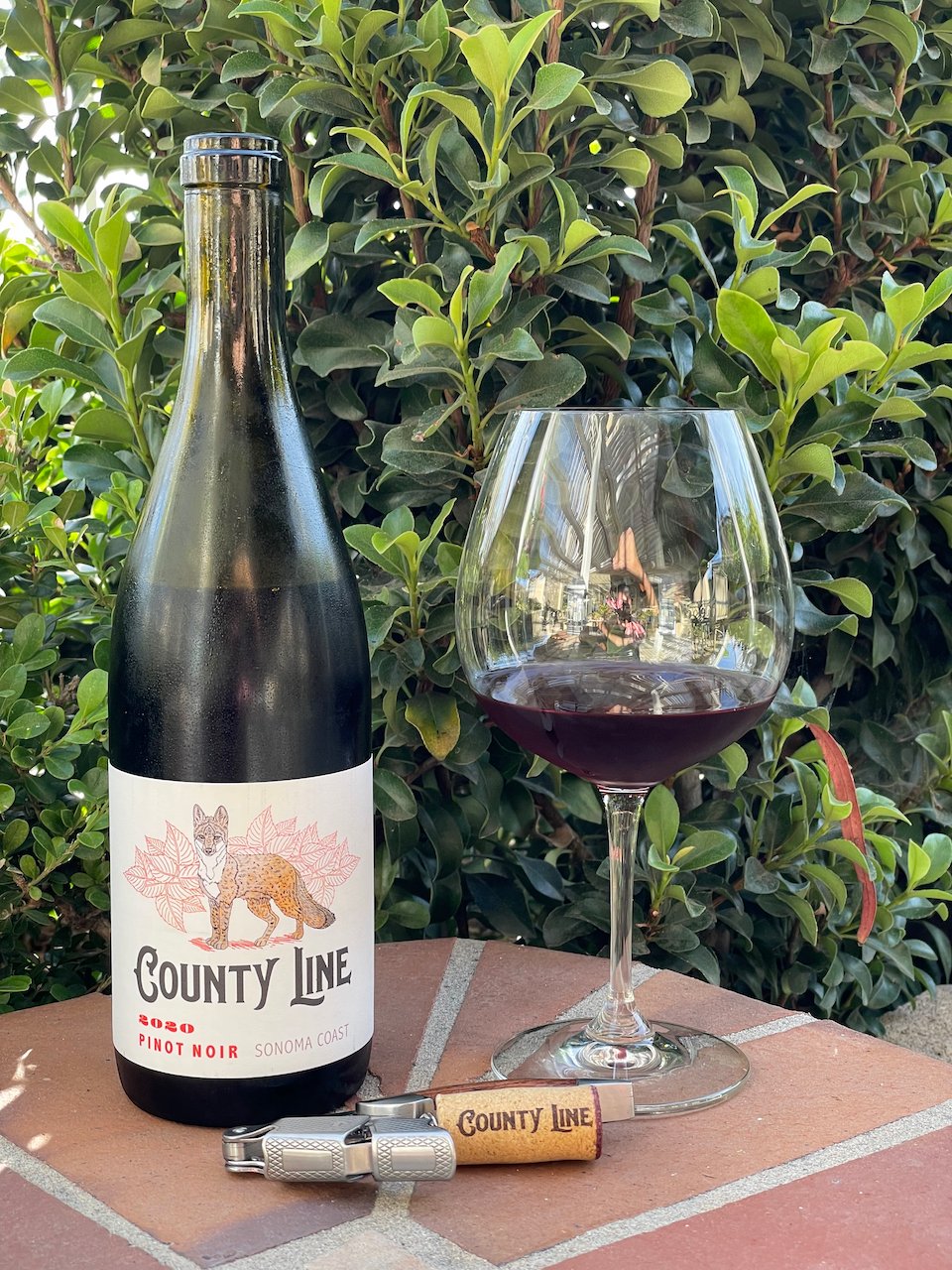2020 Folk Machine White Light ($17)
At Folk Machine (started in 2005), from Hobo Wines, they state that their goals have stayed the same “…we still think it is fun, easy drinking, summery, and affordable. Our goals have stayed the same - bottle something fresh with acid and some mineral and retain that sort of salty, briny character that the Tocai Friulano.”
The 2020 White Light is 51% Tocai Friulano from Mendocino, 22% Riesling from Arroyo Seco, 22% Verdelho from Suisun Valley, 5% Sauvignon Blanc from Potter Valley.
They state that everything was picked at the beginning of the season with brix numbers ranging from 19˚ to 21˚. The final wine is 12.2% alcohol. Each variety was fermented individually in stainless steel tanks without commercial yeast and kept at a cool fermentation temperatures. When the fermentation was complete, they filtered the wine and left it in stainless steel until it was bottled.
The Folk Machine White Light is pale gold in color with delicate, muted aromas. On the palate it has a soft mouthfeel, almost a bit oily. It has sweet flavors of pear, baked apple and pineapple with medium acidity and a bit of tartness on the finish.
They claim that “White Light was inspired by a trip to the vortexes of Sedona, Arizona, but maybe a little Velvet Underground too.” Regardless, it’s a great fit for the Behind the Cork™ Wine of the Week. Cheers!
Disclosure of Wine Sample Submission: I received this sample at no cost for review. The opinions expressed are entirely my own.
Sample Provided by Rebekah Polster 401 West Communications, STOMPY and Hobo Wines





